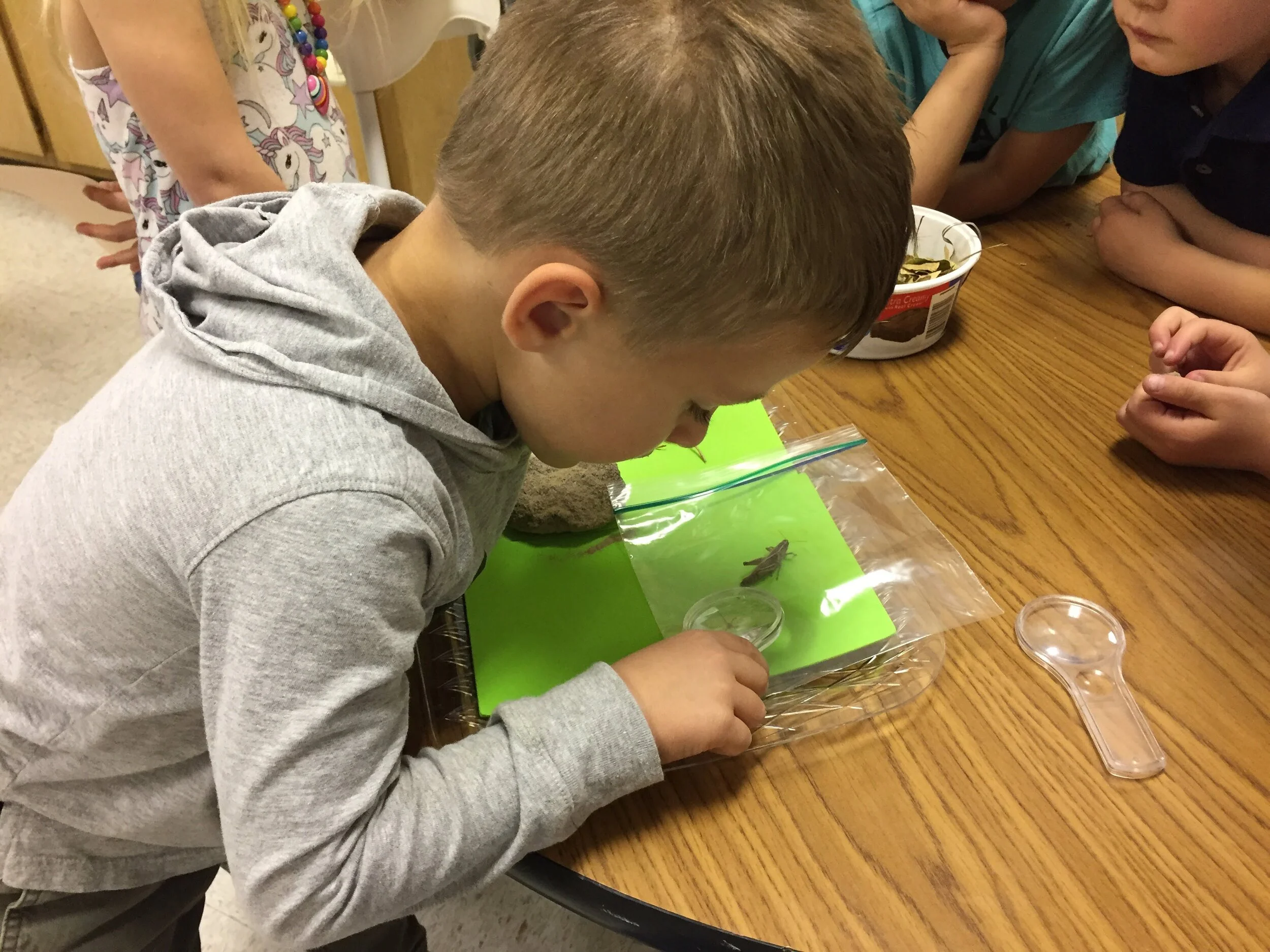Refining Senses through Experiences and Exploration | Sensitive Periods
/“The senses, being explorers of the world, open the way to knowledge…”
A Case Study from the 1940s
The problem: 60% of two-year-olds couldn’t sit up by themselves. 85% of four-year-olds couldn’t walk. Severe and significant cognitive impairment in many of the children.
All basic physical needs had been met. So why the significant delays in so many?
These results are from a study done in the 1940s (after WWII). The study was conducted in orphanages and institutions to determine factors affecting cognitive development in young children.
What was the common factor? What produced such startling results?
The conclusion: An unstimulating environment.
These institutions and orphanages provided good to excellent food for the children. But the walls were colorless and bare. All of the children’s hygienic needs were met. But there was little to no conversation or even sound. Children were kept warm enough. But there was rarely any activity occurring for the children to observe.
This study - plus studies and observations done by Maria Montessori herself - discovered that a rich, stimulating environment is crucial in a child’s physical and intellectual development.
Stop and Smell the Roses
To some degree, this goes against everything adults are wired for. This is quite literally about enjoying the journey instead of focusing on the destination. In other words, stopping to smell the roses.
Not only does refining the senses require us to allow children to slow down and absorb experiences with all their senses, it demands that we encourage and model it.
The best advice we adults can heed in order to help our child on her path to refining her senses:
→ Be patient.
→ Slow down.
Ages: Birth - 5
A child’s introduction to her senses begins at birth. She has literally a whole world opened up for her to see, taste, touch, hear, and smell. In her early infant years, this is the main way she has to gather information and build her brain.
Around age two, however, is when the Sensitive Period for sensory refinement really starts to take off. Every experience and piece of the environment calls to a young toddler. She is, at all moments of her young life, being begged to feel, explore, look, listen. She is biologically wired to take it all in.
That’s because her senses are her guide, and her environment is her curriculum.
“We interpret information from our five senses in our brains. Sensory inputs open brain nerve pathways in young children. These activities also encourage children to focus attention on the sensory characteristics of objects: visual appearance, dimensions, textures, weight, color, relative size, smells, tastes, and sounds. They involve children in making purposeful decisions based on sensory information.” (John Bowman, Help Your Preschooler Build a Better Brain)
It has been found that sensory refinement does indeed lead to better problem-solving skills later in life. When children are given the opportunity to experience, explore, and discriminate using their own senses, they learn in turn to identify, distinguish, categorize, and order information.
Senses and the Arts Integrated into Education
We can no longer ignore, then, the need for sensory refinement in education.
No, this doesn’t mean teaching art or music as isolated subjects.
This means incorporating the arts, music, and hands-on activities into every element of the education provided for the child.
→ Math must be felt and touched before it can be understood and abstracted.
→ Words must be heard, said, seen, and experienced before they can be read or written.
→ Science must be manipulated and lived before it can be applied and decoded.
There can be no separating the senses and learning. Rudolf Arnheim, Professor of the Psychology of Art at Harvard University (from 1968-1974), agreed. He strongly advocated that art was a type of reasoning. He argued that much of our thinking originated from and was done using our senses.
All that is to say, this type of learning is the authentic type we aim to bring to each child in a Montessori classroom. This is not the mere memorization of facts for a test.
The senses are the tools our brain uses to interpret the world. The more opportunity a child has to develop and refine her senses, the more thoroughly she can use her whole brain when approaching life and problems.
Sensory Activities to Implement at Home
Wondering how you can help support and encourage your child’s sensory development? Check out the list below...you probably already do a lot of these naturally! Bonus: Many of them don’t require any preparation or special supplies!
Unscheduled time - explore together...watch the clouds, feel the breeze, listen to the birds, feel the sun on your skin
Baking - carve out enough time to make a mess, taste test, and smell each ingredient
Sorting - coins from your purse, craft supplies, dried beans/rice from the cupboard
Treasure Hunt - bring a pail on a walk and collect what you find...bring them home and explore them more:
Order by size
Categorize by texture
Sort based on colors
Sandbox play
Water play - in a tub, bin, sink, or more...add plenty of pouring and soaking tools for experimenting
Colors - a few paint chips from the hardware store provide great tools for matching and/or grading colors (from light to dark)
The big wide world is truly the best classroom our children could be offered. With a little insight and a little extra patience, we can help them appreciate it for all it has to teach us.



